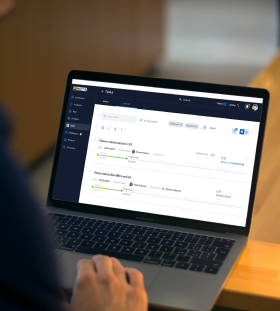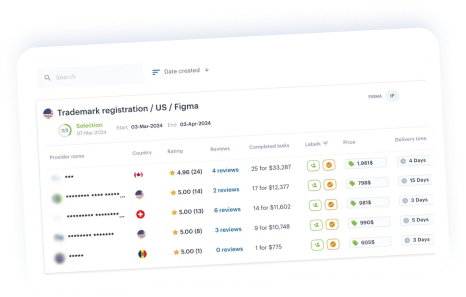Odpowiedź Urzędu Patentowego w Niemczech
Podczas badania możesz otrzymać Office Action, które może zawierać wymagania lub sprzeciwy. To nie jest problem. Adwokat przeanalizuje to, opracuje strategię i przygotuje odpowiedź



Podczas badania możesz otrzymać Office Action, które może zawierać wymagania lub sprzeciwy. To nie jest problem. Adwokat przeanalizuje to, opracuje strategię i przygotuje odpowiedź







-
Asystent IP oparty na sztucznej inteligencji, który pomoże Ci w ciągu kilku minut utworzyć szczegółowe zadanie.
-
Wybór najodpowiedniejszego lokalnego rzecznika patentowego w oparciu o określone kryteria.
-
Analiza działań urzędu, opracowanie strategii reagowania, przygotowanie i złożenie dokumentów przez prawnika.
-
Monitorowanie i raportowanie online na platformie w trakcie całego procesu.

-

Ponad 800 kancelarii prawnych zajmujących się prawem własności intelektualnej z ponad 150 krajów, rankingi i recenzje
-

Asystent IP oparty na sztucznej inteligencji, który pomaga tworzyć zadania i znajdować odpowiednich prawników
-

Stałe opłaty, bezpieczne i szybkie płatności online z gwarancją rezultatów
-

Dostęp do procesu rejestracji 24/7 i internetowe przechowywanie danych dla wszystkich Twoich spraw
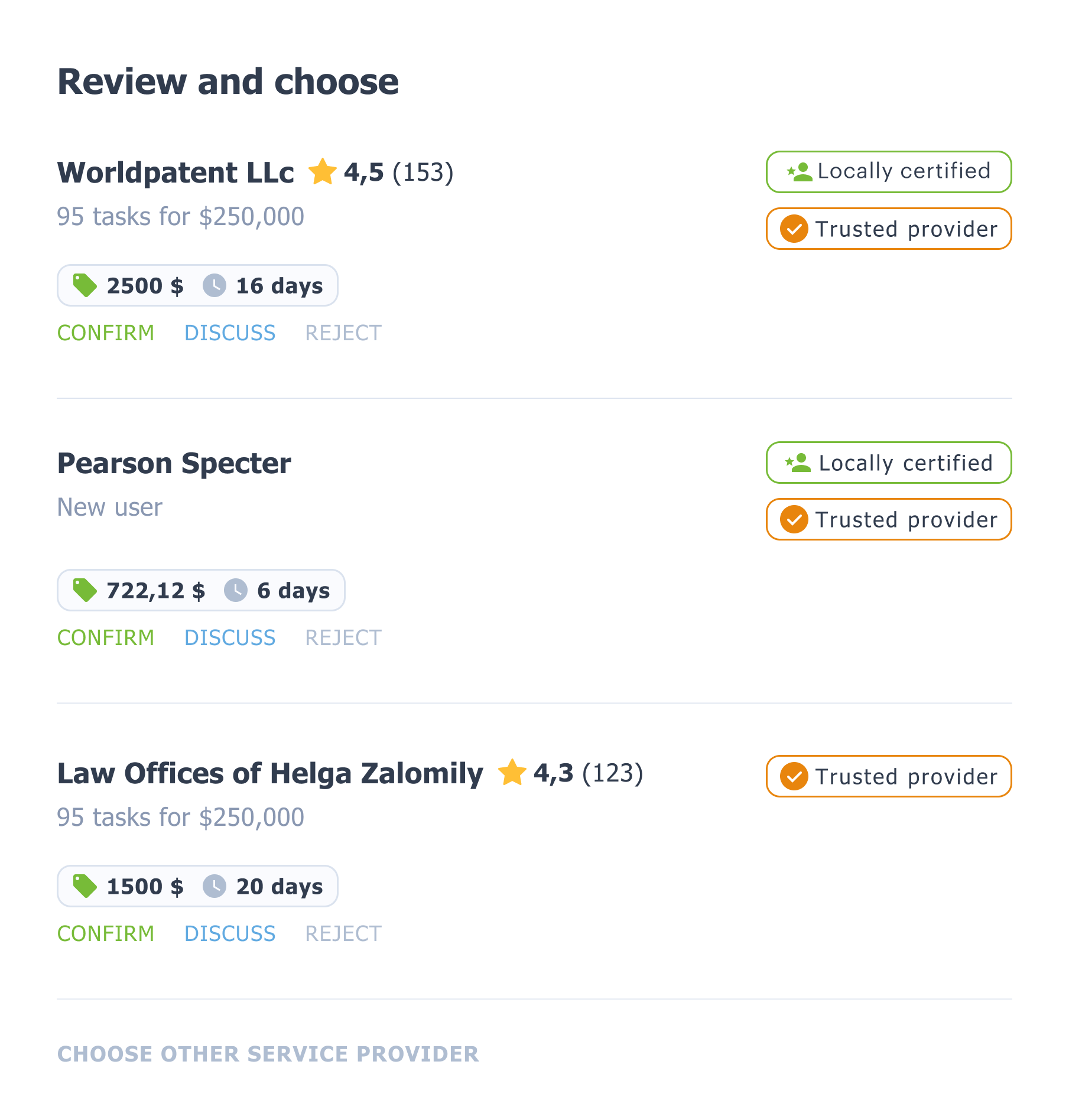
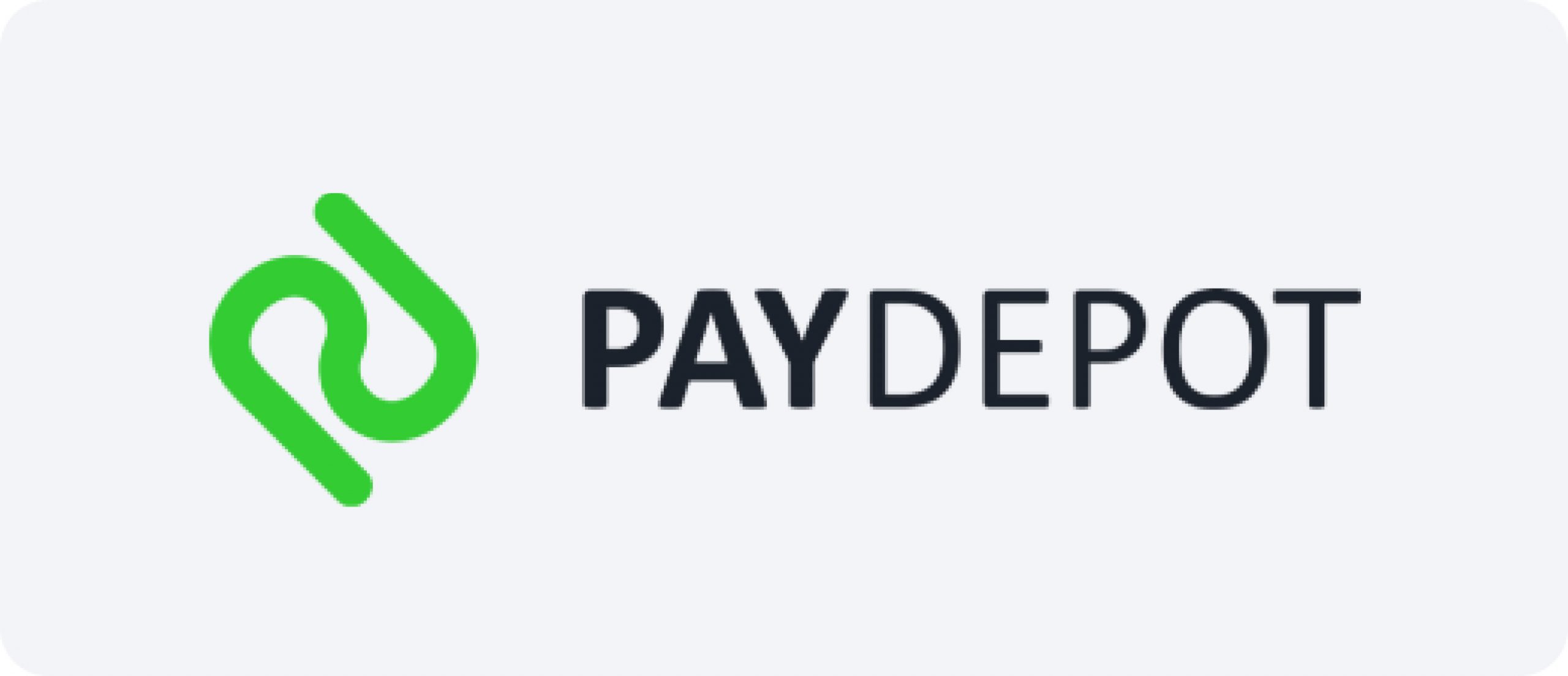
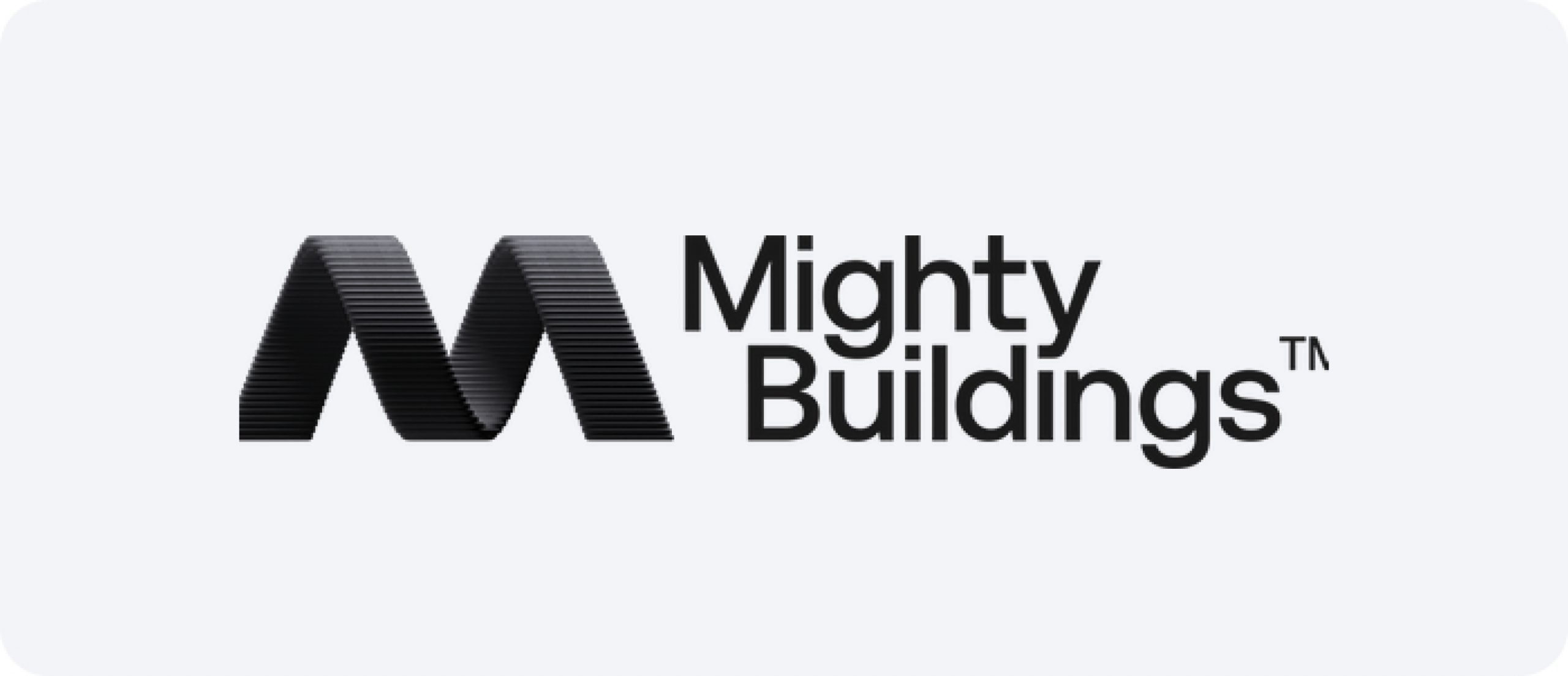

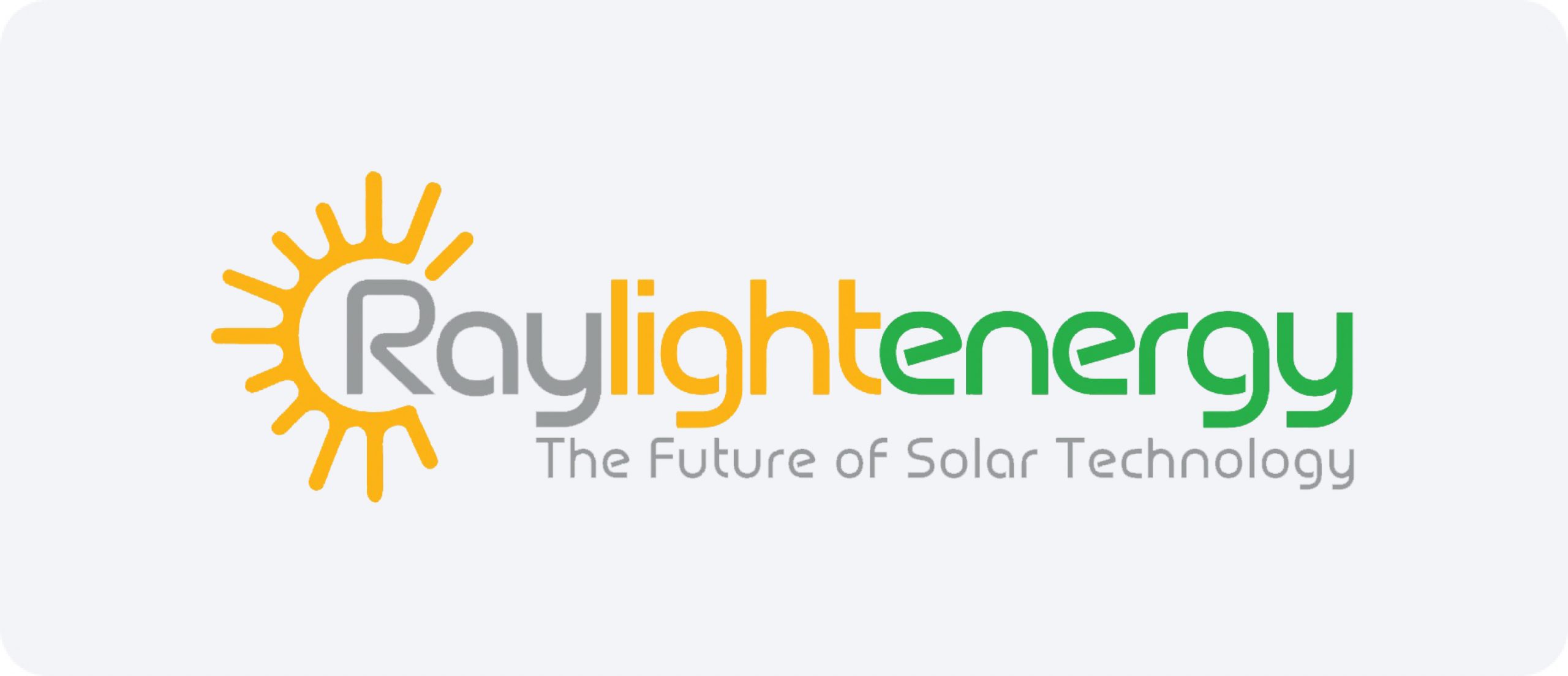


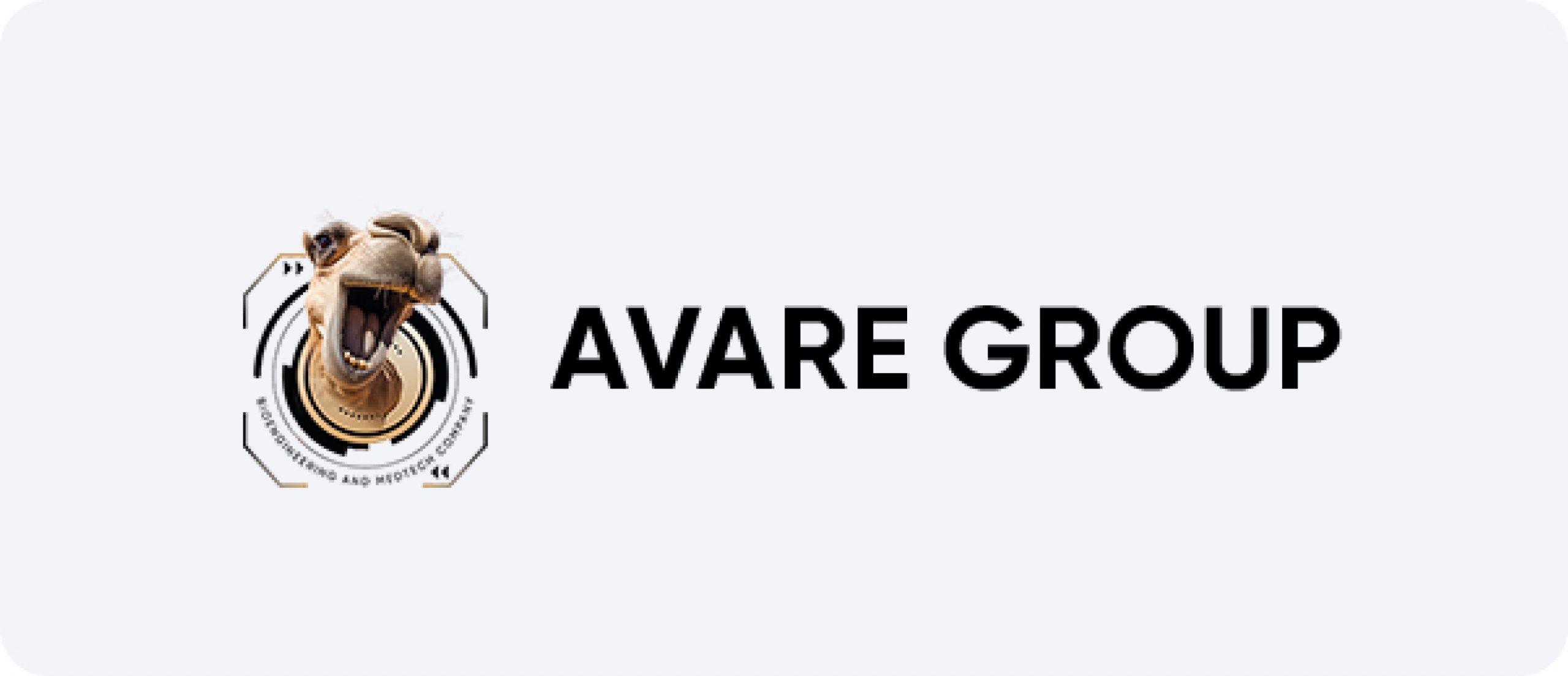
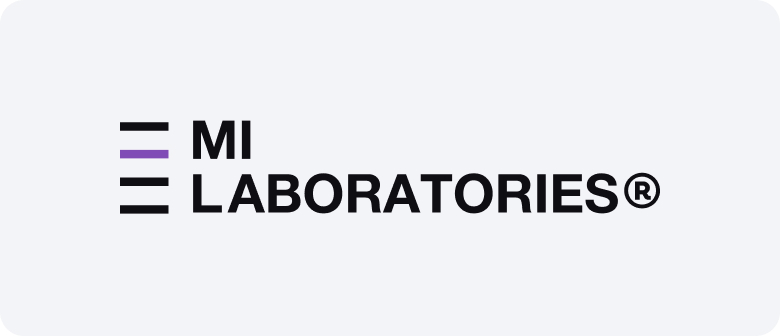
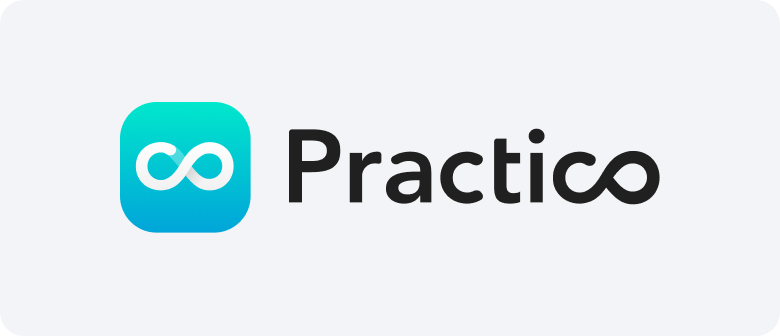
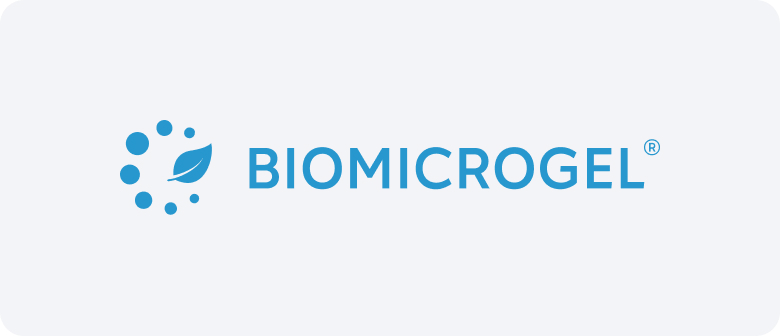
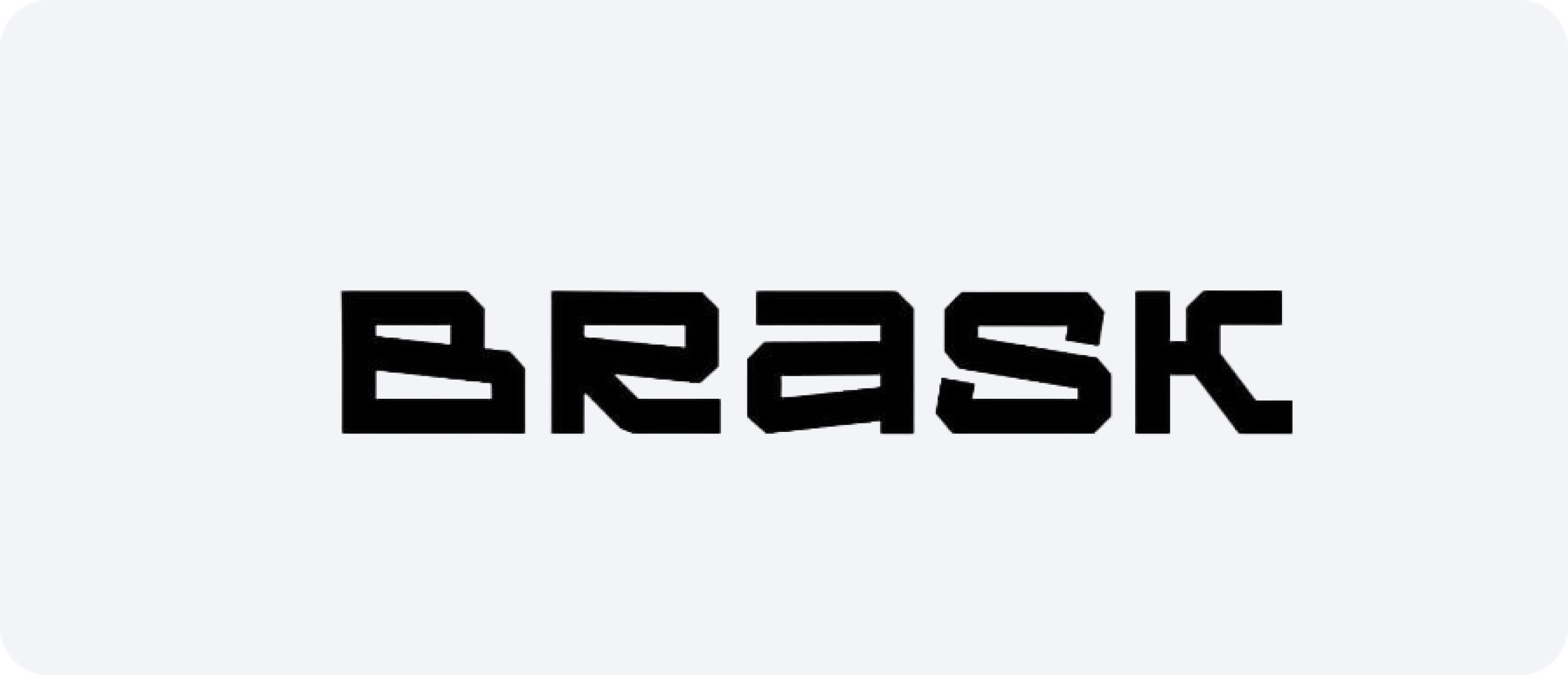

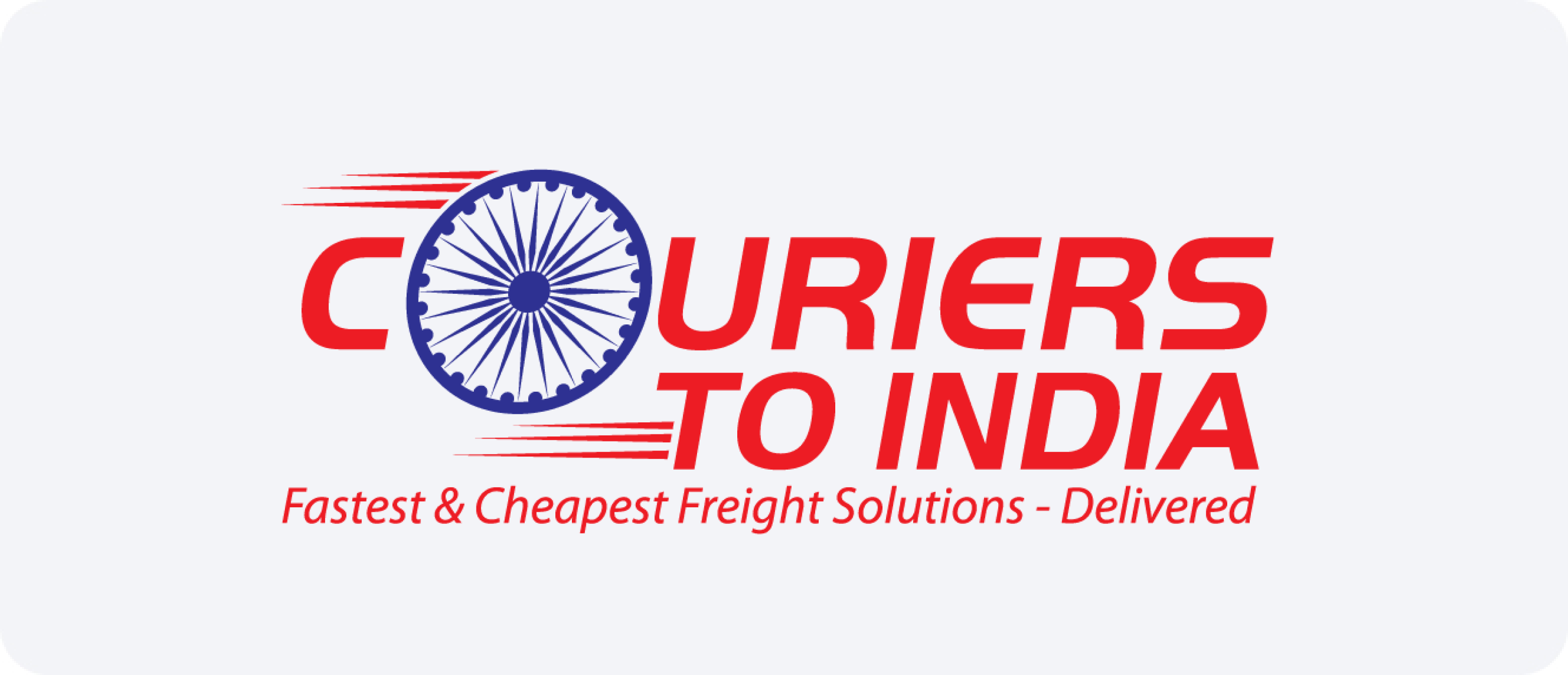
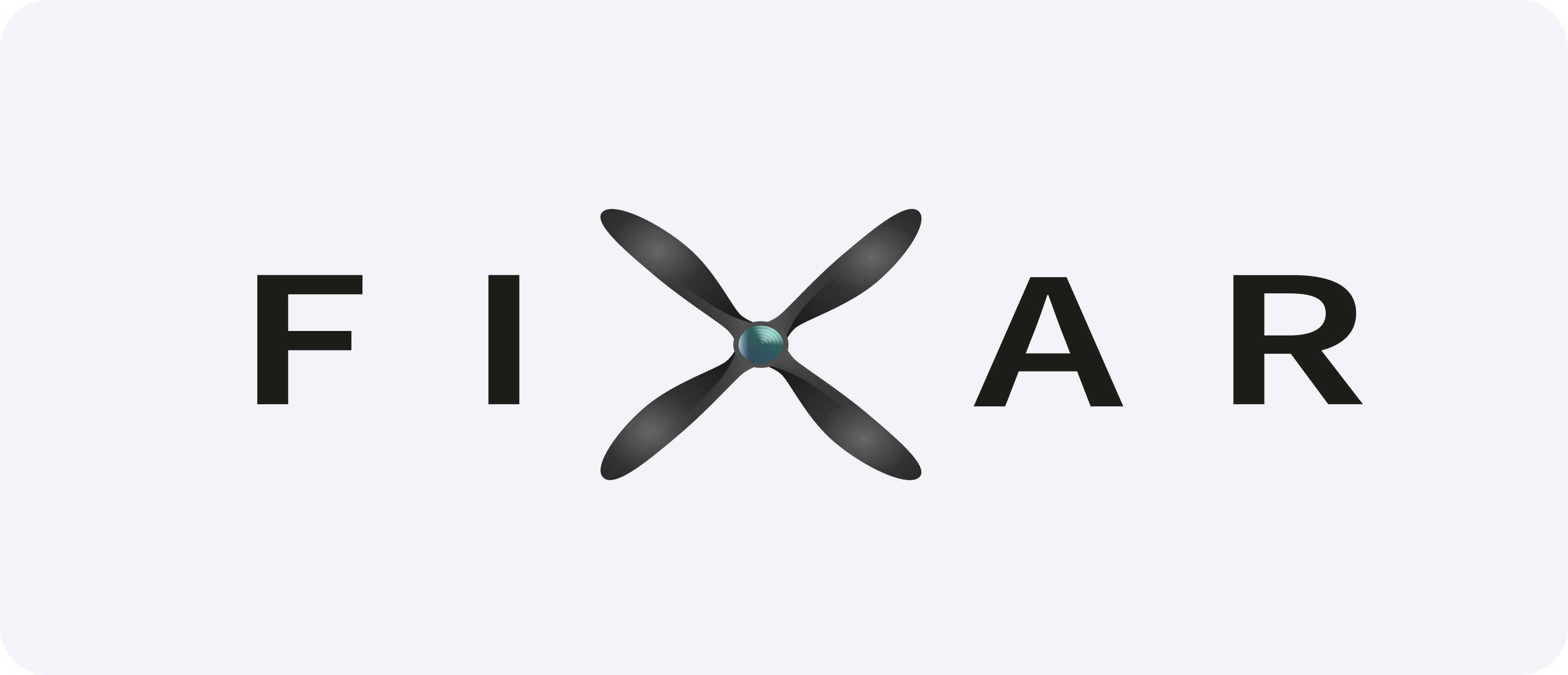

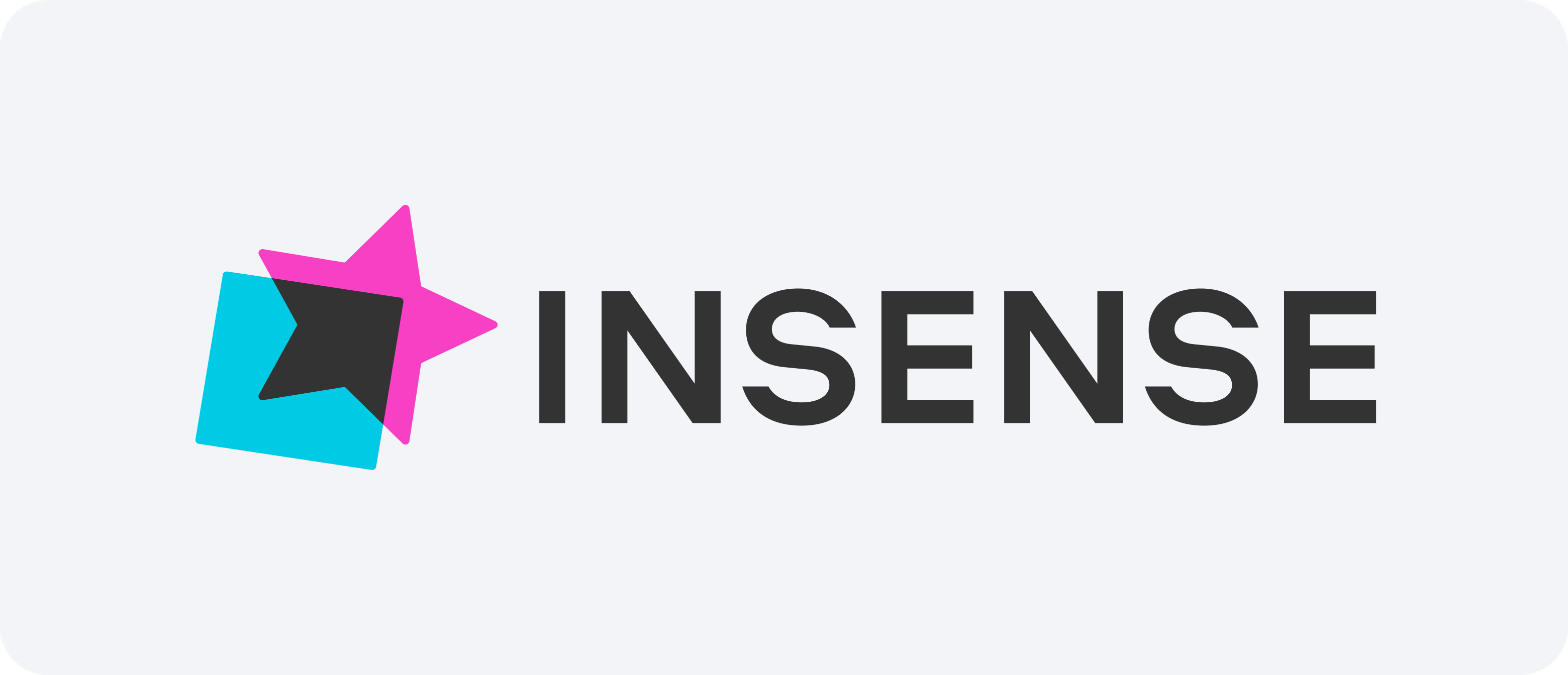
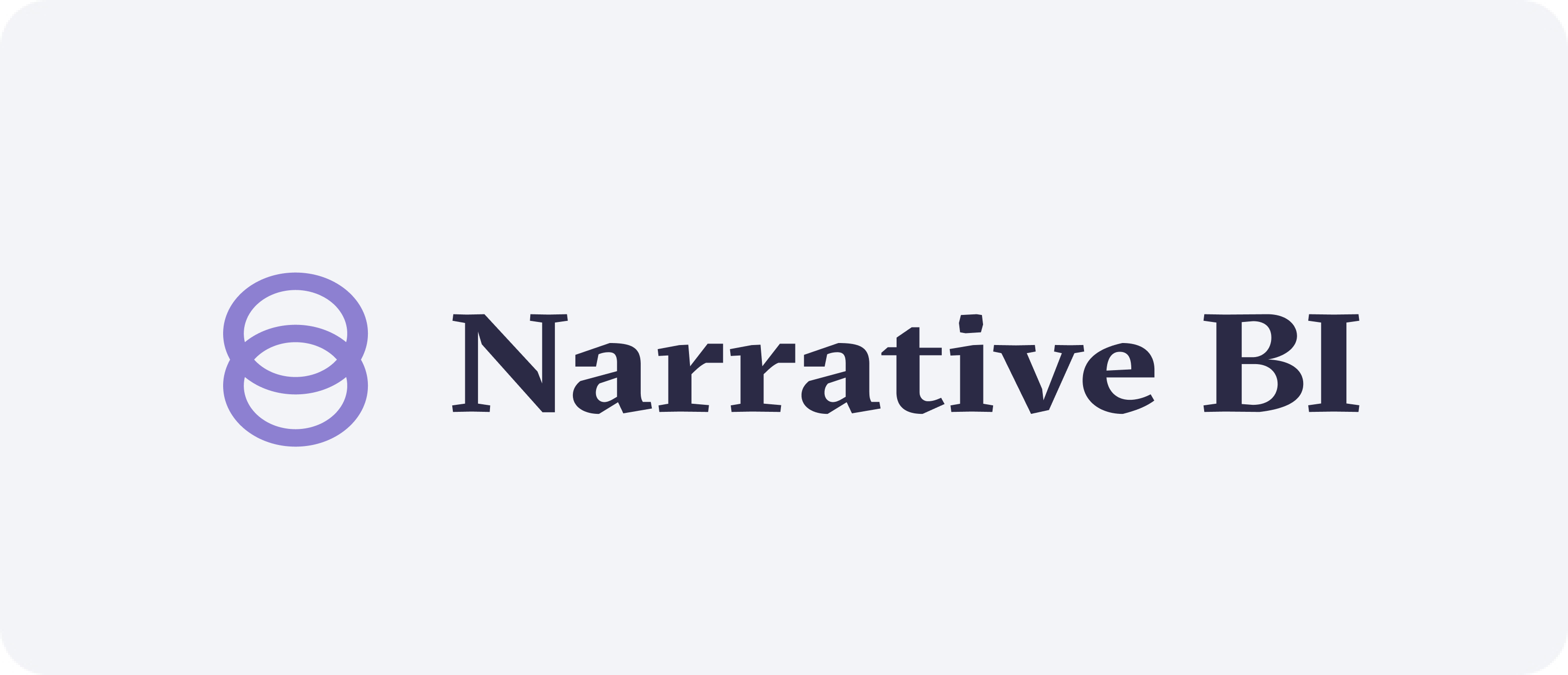
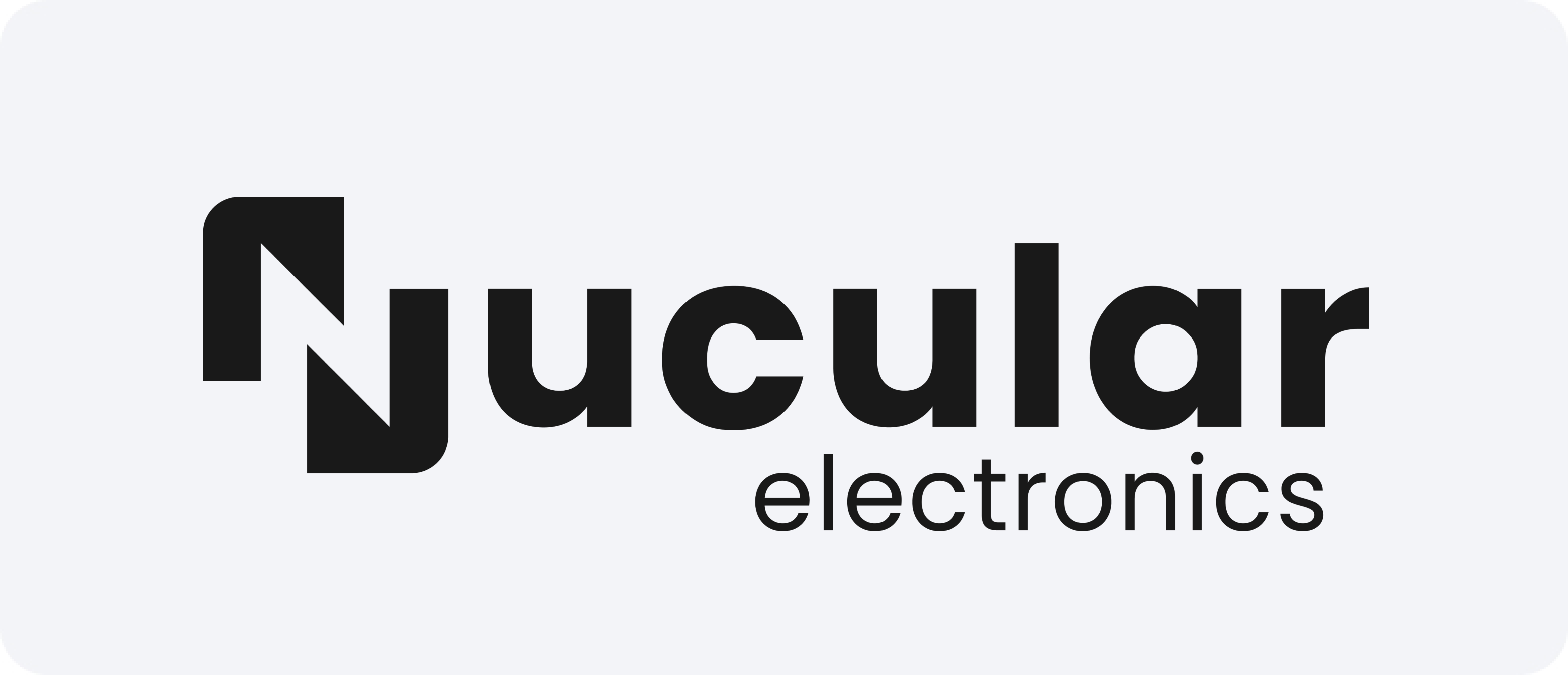

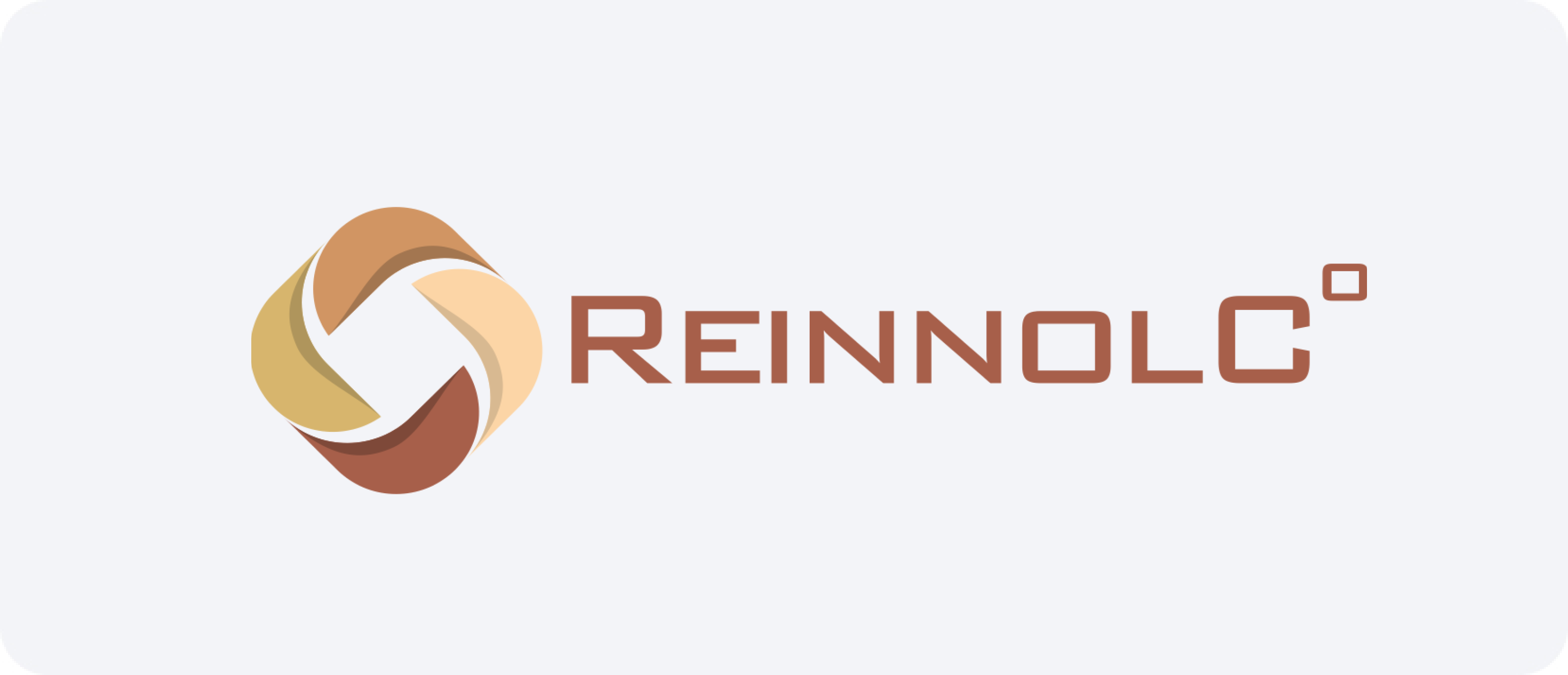
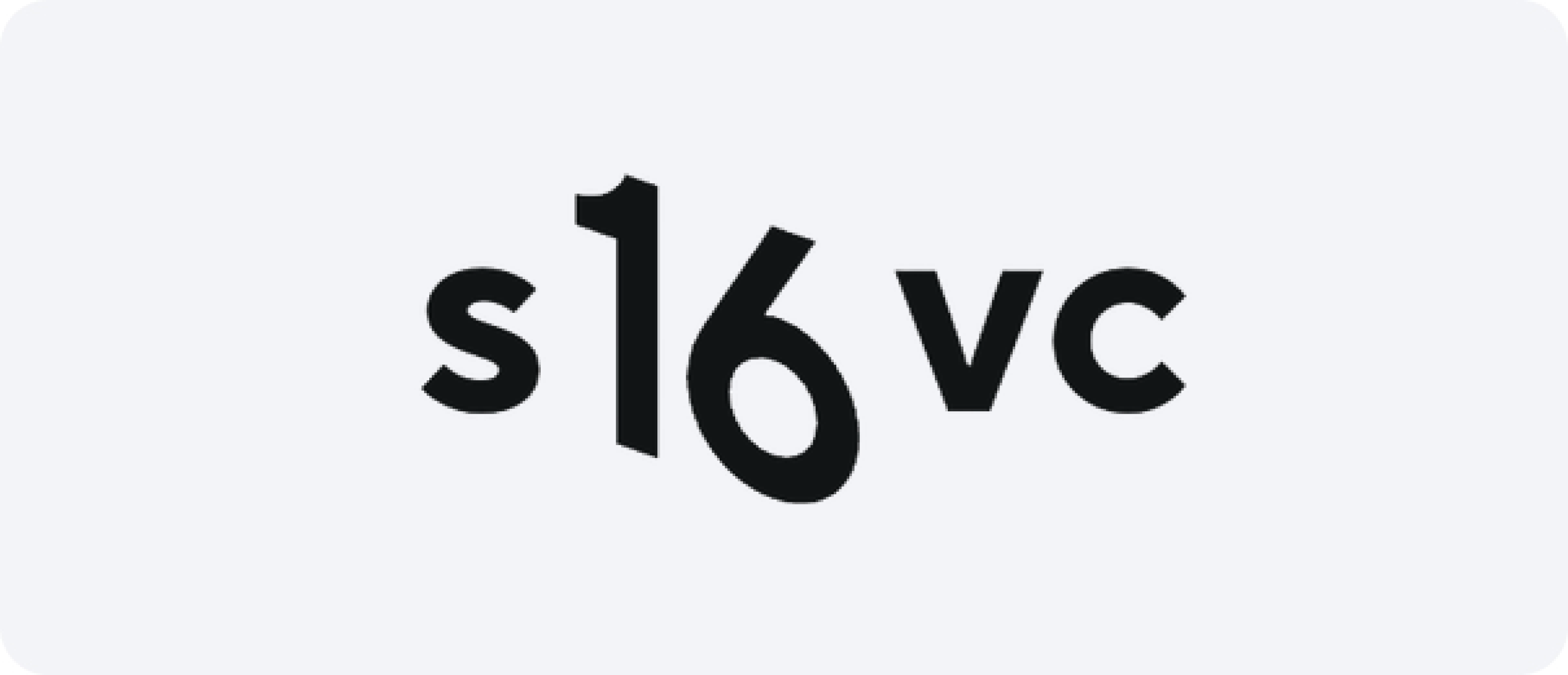
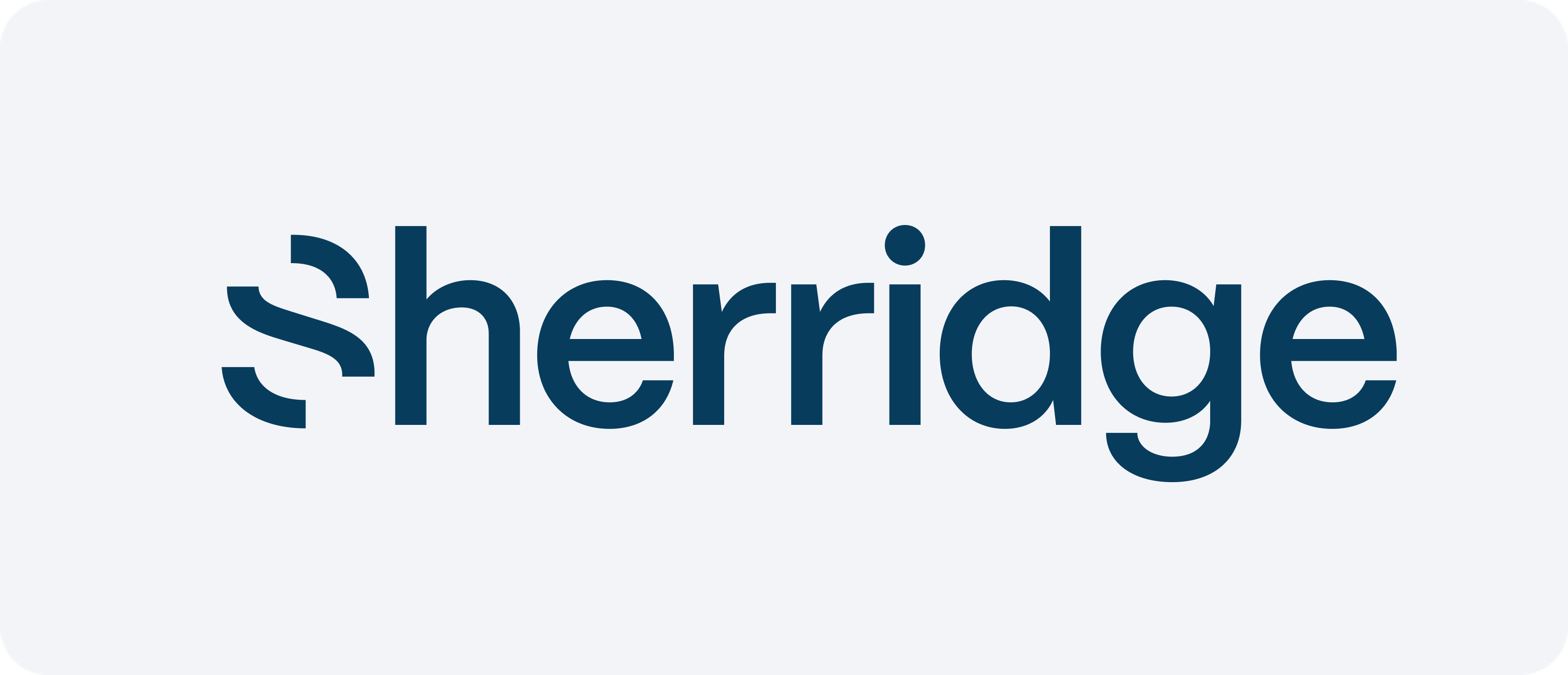
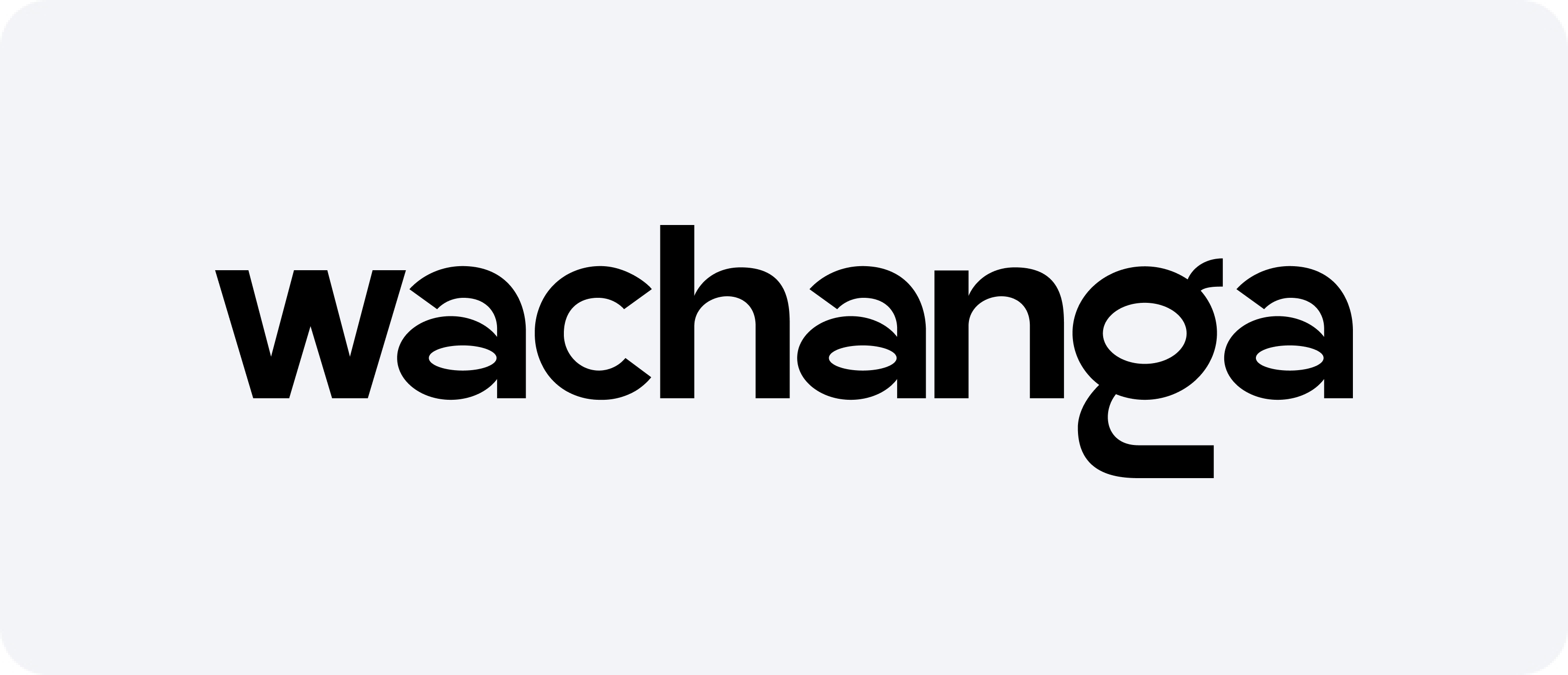

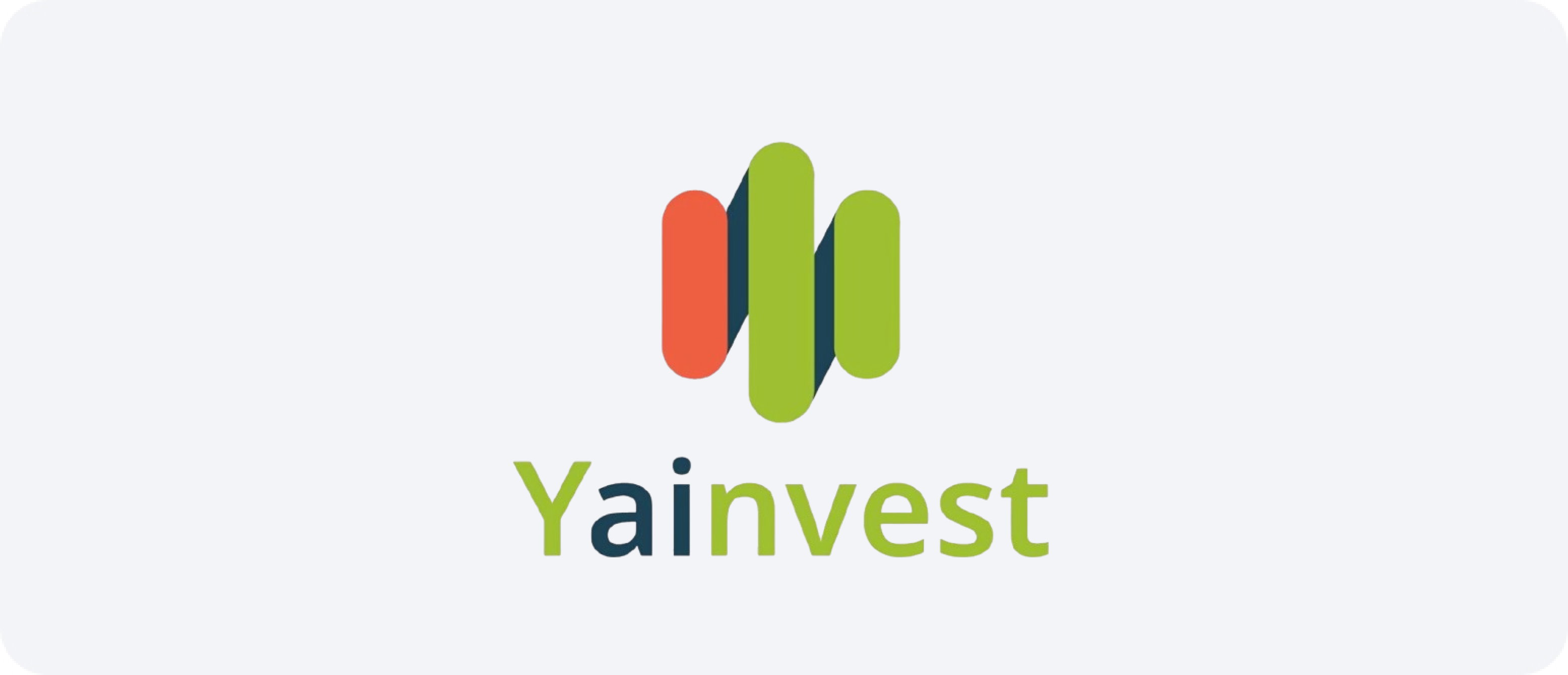

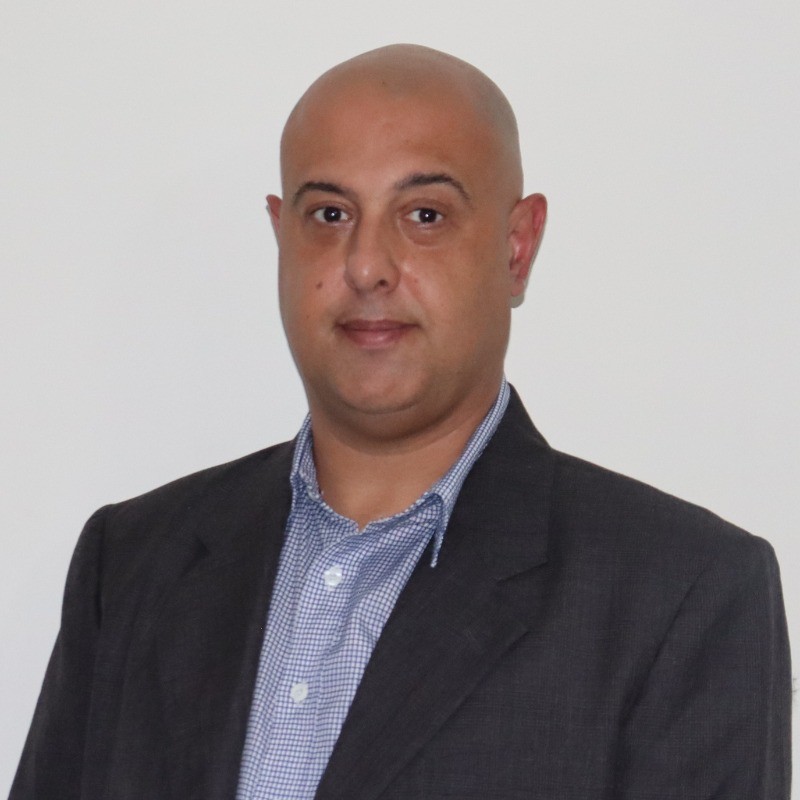






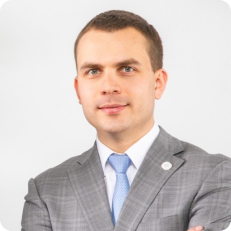




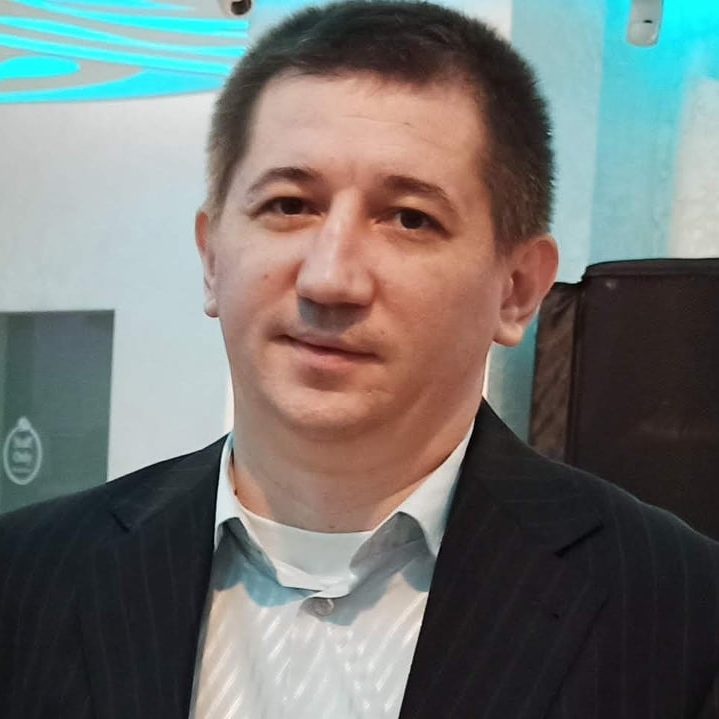
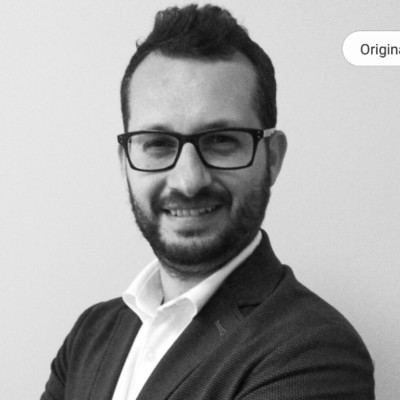
Odpowiedź Urzędu Patentowego w Niemczech na działania: Poruszanie się po procedurze
Ubiegając się o ochronę własności intelektualnej, wnioskodawcy często otrzymują pismo z urzędu – kluczowy etap procesu rozpatrywania wniosku. Te formalne powiadomienia wydawane przez Urząd Patentowy i Znaków Towarowych (DPMA) wskazują na problemy prawne lub techniczne związane ze zgłoszeniem. Dobrze przygotowana odpowiedź nie tylko zwiększa szanse na powodzenie, ale także świadczy o jasnym zrozumieniu wymogów prawnych i procedur obowiązujących w niemieckim systemie.
Odpowiedź na takie powiadomienie to ustrukturyzowany i strategiczny proces, który wymaga dbałości o szczegóły, wiedzy prawniczej, a często także wiedzy technicznej. Niniejszy artykuł zawiera kompleksowy przegląd sposobów rozpatrywania sprzeciwów w toku postępowania sądowego w Niemczech, pomagając wnioskodawcom lub ich pełnomocnikom skutecznie poruszać się po obowiązujących przepisach.
Zrozumienie procesu badania w Niemieckim Urzędzie Patentowym
Przed wszczęciem postępowania, DPMA przeprowadza dokładną analizę zgłoszenia. Obejmuje ona sprawdzenie formalności, jasności zastrzeżeń, nowości, poziomu wynalazczego i możliwości zastosowania przemysłowego. Jeśli egzaminator stwierdzi braki lub zastrzeżenia, zgłaszający otrzymuje oficjalne zawiadomienie.
W dokumencie tym mogą zostać poruszone takie kwestie, jak:
- Brak nowości lub kroku innowacyjnego
- Niejasne lub zbyt szerokie roszczenia
- Błędy formalne w specyfikacji lub rysunkach
- Niedostosowanie się do wymogów prawnych wynikających z przepisów prawa
Działania te nie powinny być traktowane jako odrzucenie, lecz raczej jako okazja do wyjaśnienia, poprawienia lub przedstawienia argumentów na rzecz zasadności wniosku.
Rodzaje działań Urzędu Patentowego i ich konsekwencje
Powiadomienia od DPMA dzielą się zasadniczo na dwie kategorie: formalne i merytoryczne. Każda z nich wymaga innego rodzaju odpowiedzi.
Formalne działania biurowe
Dotyczą one kwestii proceduralnych, takich jak:
- Brakujące dokumenty
- Nieprawidłowe formatowanie
- Niekompletne roszczenia o pierwszeństwo
Zazwyczaj są one łatwe do rozwiązania i nie wymagają uzasadnienia prawnego.
Działania merytoryczne urzędu
Zastrzeżenia merytoryczne podważają możliwość ochrony wynalazku. Mogą one powoływać się na stan techniki, kwestionować poziom wynalazczy lub argumentować, że zastrzeżenia nie znajdują potwierdzenia w opisie. W takich przypadkach konieczne jest przedstawienie uzasadnionego wyjaśnienia prawnego i technicznego, aby rozwiać te wątpliwości.
Przygotowanie skutecznej odpowiedzi na działanie Urzędu Patentowego
Terminowe i dokładne rozpatrywanie zawiadomień administracyjnych jest kluczowe. Termin wynosi zazwyczaj jeden miesiąc w sprawach proceduralnych i cztery miesiące w sprawach merytorycznych, choć w szczególnych przypadkach możliwe jest przedłużenie terminu. Poniższe punkty są kluczowe dla skutecznej strategii:
1. Dokładnie przeanalizuj zastrzeżenia egzaminatora
2. Przejrzyj cytowane dokumenty dotyczące stanu techniki
3. Współpracuj z wynalazcą lub zespołem technicznym
4. W razie potrzeby rozważ zawężenie lub zmianę roszczeń
5. Przygotuj argumentację prawną i techniczną odnoszącą się do każdego problemu
6. Zachowaj spójność z wcześniejszymi zgłoszeniami
7. Złóż dokumenty w określonym terminie
Właściwe planowanie i przejrzystość techniczna zwiększają prawdopodobieństwo osiągnięcia pomyślnego wyniku.
Kluczowe elementy silnej reakcji Urzędu Patentowego
Mocna odpowiedź precyzyjnie odnosi się do każdego problemu. Zawiera:
- Wprowadzenie zawierające numer wniosku i datę wysłania komunikatu
- Przejrzysta, ustrukturyzowana argumentacja odpowiadająca na każdą podniesioną kwestię
- Zmienione roszczenia, jeśli mają zastosowanie, należy wyraźnie oznaczyć i wyjaśnić
- Oświadczenie końcowe z prośbą o kontynuację badania
Kandydaci powinni unikać argumentów emocjonalnych i niejasnych, a skupić się na argumentach opartych na faktach i potwierdzonych prawnie.
Najlepsze praktyki w kontaktach z Niemieckim Urzędem Patentowym
Współpraca z DPMA wymaga zwrócenia uwagi na pewne praktyki, które są unikalne dla systemu niemieckiego. Oto kilka najlepszych praktyk:
- Używaj precyzyjnej terminologii technicznej aby uniknąć dwuznaczności
- Zapewnij dokładne tłumaczenia jeśli składasz wniosek z zagranicy
- Skonsultuj się z licencjonowanym prawnikiem ds. własności intelektualnej zna przepisy i procedury krajowe
- Śledź wszystkie terminy korzystając z niezawodnego systemu dokowania
- Przejrzyj poprzednią komunikację dla spójności podejścia egzaminacyjnego
Typowe błędy, których należy unikać
Przygotowując odpowiedź na zastrzeżenia, unikaj następujących pułapek:
- Ignorowanie lub niedocenianie uwag egzaminatora
- Przesyłanie materiałów po terminie
- Zbyt szerokie poprawki wprowadzające nową tematykę
- Nieuzasadnienie kroku wynalazczego
- Brak odniesień do konkretnych linii w dokumentach ze stanu techniki
Unikanie tych błędów wzmacnia nie tylko obecny wniosek, ale także wnioski składane w przyszłości.
Rola wsparcia zawodowego w Niemczech
Chociaż wnioskodawcy mogą sami zarządzać procesem, wielu z nich decyduje się na pomoc wykwalifikowanych niemieckich adwokatów specjalizujących się w prawie własności przemysłowej. Ich doświadczenie gwarantuje dotrzymanie wymogów formalnych, skuteczną komunikację z organami i strategiczne pozycjonowanie w toku postępowania. Jest to szczególnie ważne dla zagranicznych wnioskodawców, którzy nie znają niuansów prawnych Niemiec.
Wniosek
Otrzymanie zgłoszenia od urzędu patentowego w Niemczech jest standardowym elementem procesu aplikacyjnego. Dzięki terminowej i dobrze sporządzonej odpowiedzi, wnioskodawcy mogą skutecznie odnieść się do zarzutów i zbliżyć się do zabezpieczenia swoich praw. Zrozumienie oczekiwań Niemieckiego Urzędu Patentowego i Znaków Towarowych (niem. Überlich Patent und Markswerk und Markenwerk) oraz udzielenie jasnej, precyzyjnej i rzetelnej odpowiedzi jest kluczem do sukcesu w systemie krajowym.
